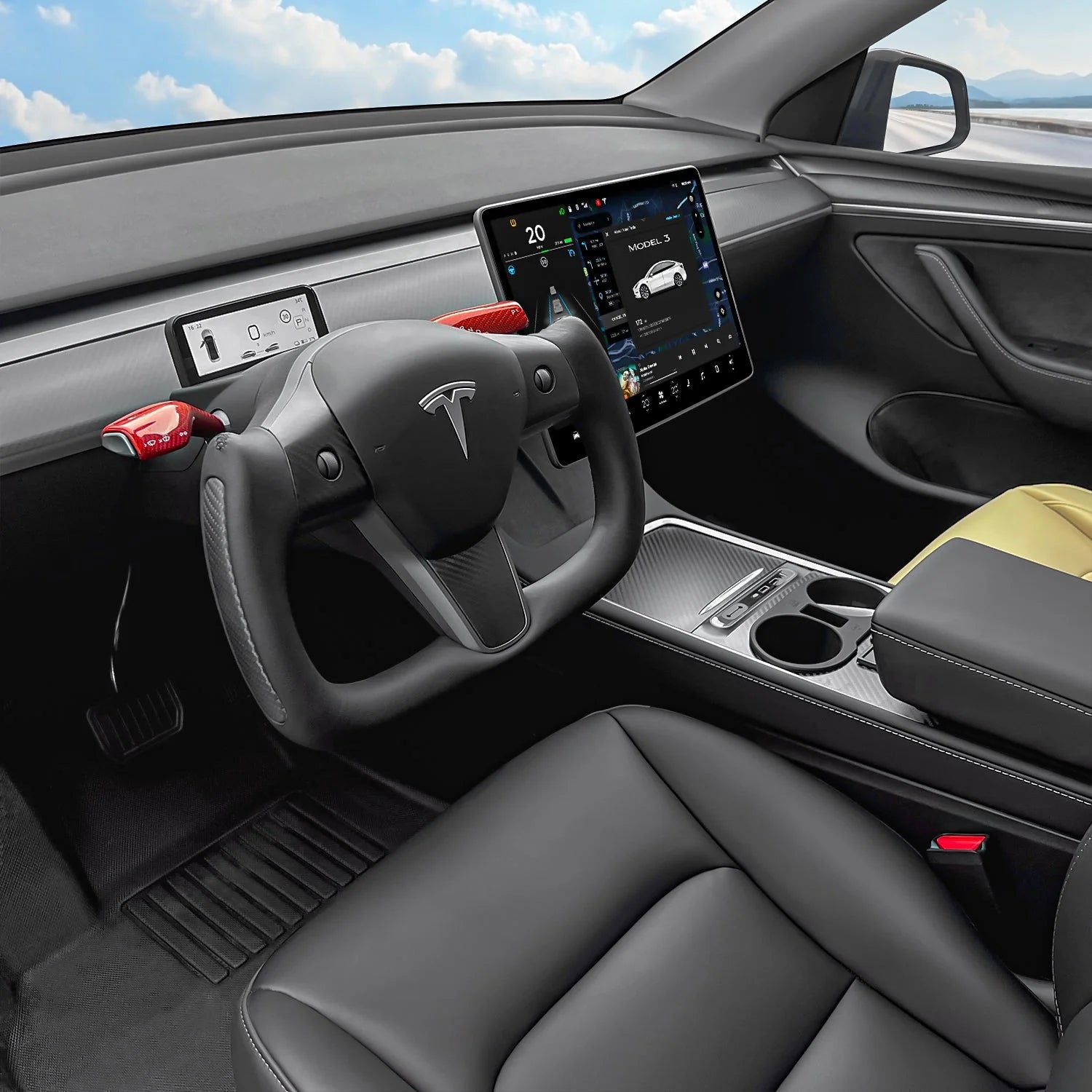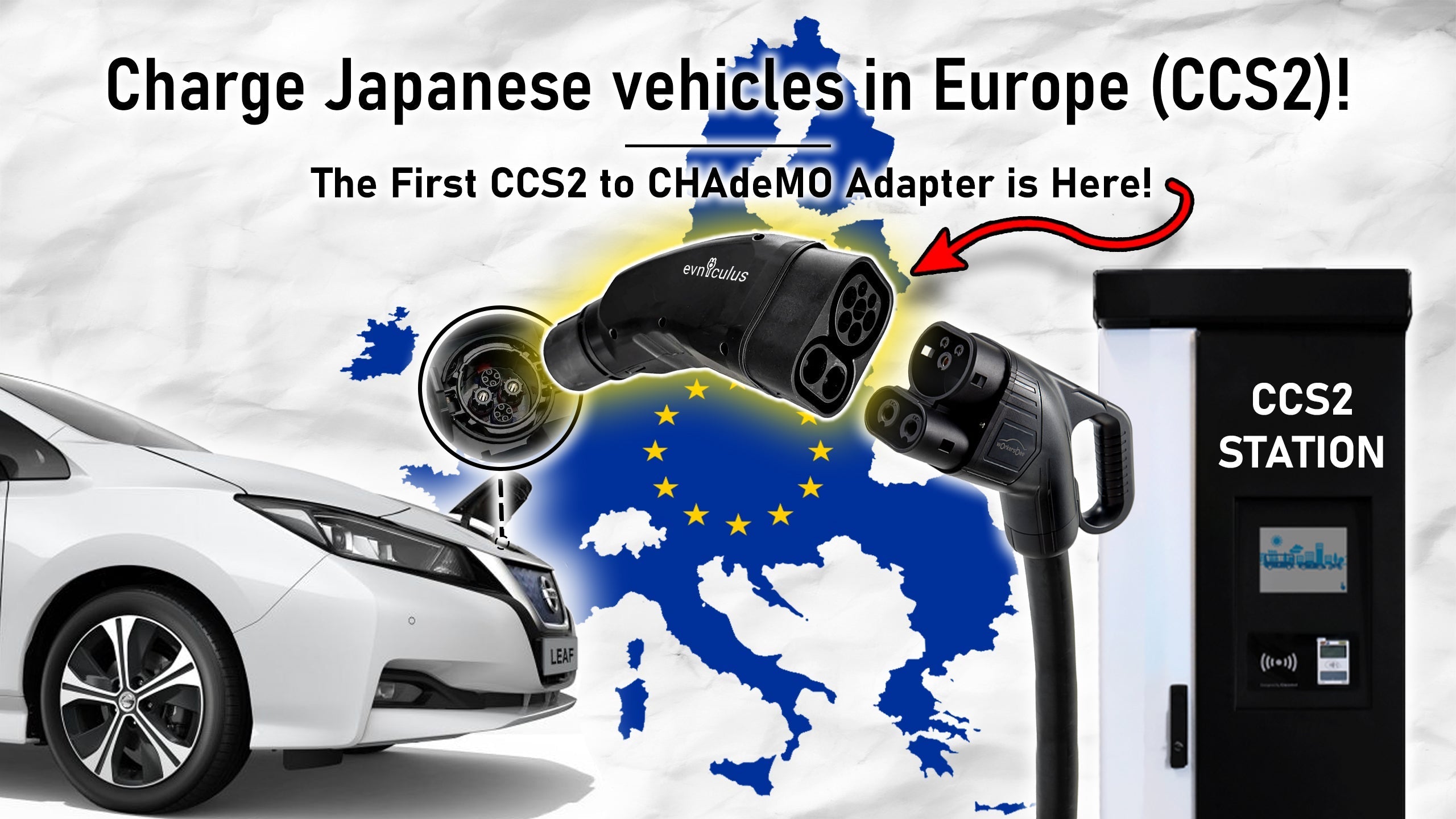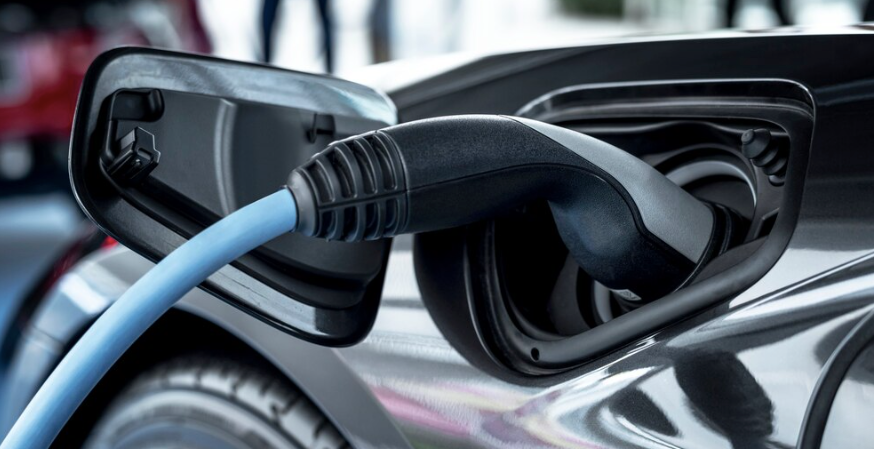Los vehículos eléctricos tienen varias ventajas y conducir un coche eléctrico en invierno puede ser más agradable de lo que crees. A medida que el mundo cambia hacia modos de transporte más sostenibles y ecológicos, los vehículos eléctricos se destacan como una de las mejores opciones para los viajeros. La llegada del invierno exige una reflexión cuidadosa sobre una serie de cuestiones. No obstante, esto allana el camino para un análisis constructivo y la solución de estos problemas. Los coches eléctricos tienen varias ventajas, pero para garantizar que todos puedan conducir de forma tranquila, segura y agradable, primero deben resolverse algunos problemas.
Los vehículos eléctricos son cada vez más populares.
En todo el mundo, cada vez más personas optan por conducir vehículos eléctricos, y las preocupaciones medioambientales y los avances en la tecnología automotriz son los culpables de esto. Se muestran automóviles exquisitos y SUV resistentes que conquistan terrenos difíciles. Los clientes ahora pueden elegir un vehículo eléctrico que se adapte a sus necesidades de la gran variedad disponible en el mercado global.
Lo que necesita saber sobre los efectos del invierno en los vehículos eléctricos
Dado que el invierno podría afectar a los vehículos eléctricos, se requiere optimismo y análisis para abordar los problemas. El invierno plantea desafíos para los vehículos eléctricos, pero también ofrece oportunidades para la creatividad. Normalmente, podría haber una disminución en la autonomía de su... coche eléctrico en invierno, ya que las baterías pueden no funcionar tan eficientemente y tener un alcance más corto a medida que el clima se vuelve frío.
En particular, en las regiones más frías, el invierno puede ser un verdadero desafío para los usuarios de vehículos eléctricos. Una buena preparación y preparación pueden ayudarle a superar estos obstáculos. Puede aprender más sobre los efectos de los neumáticos de invierno y el aumento de la demanda de energía en su vehículo eléctrico estudiándolos y reconociéndolos. La batería podría no funcionar tan bien y cargarse más lentamente como resultado del clima frío y el mayor uso. Tenga en cuenta que estos componentes pueden ajustarse para mejorar la eficiencia de la batería.
Los efectos del clima frío en el rendimiento de la batería
Las baterías de iones de litio para coches eléctricos son muy útiles para almacenar energía debido a los complejos procesos químicos que emplean. Debido a la actividad retardada, las baterías podrían no funcionar bien en climas fríos. Sin embargo, ser consciente de esto permite a las personas prever y estar preparadas para cualquier obstáculo. Prepárese para viajes más cortos o rutas que pasen cerca de estaciones de carga si conduce un vehículo eléctrico en invierno. Debe tener en cuenta las limitaciones climáticas y, aun así, disfrutar de sus vacaciones.
Problemas de carga en invierno
Carga eficiente El tiempo está asociado con la duración de la batería del vehículo eléctrico, y en condiciones de frío, la carga puede tardar un poco más. Es posible superar los desafíos de viajar en invierno con la preparación adecuada. Tómate un descanso en una estación de carga para recargar tu dispositivo. También puedes disfrutar de una taza de chocolate caliente mientras esperas.
Frenado regenerativo a bajas temperaturas
Al detenerse, los vehículos eléctricos pueden convertir su energía cinética en electricidad mediante el frenado regenerativo. Esta ingeniosa función reduce la velocidad del vehículo y ahorra energía para utilizarla más adelante. La función es más eficaz cuando el clima es más cálido, por lo que es mejor evitar usarla con demasiada frecuencia cuando las temperaturas son bajas o por debajo de cero. En otras palabras, cuando las temperaturas bajan, el nivel de eficiencia del sistema de frenado regenerativo también disminuye. Al utilizar los frenos tradicionales, puede garantizar un viaje seguro y eficiente.
Calefacción y consumo energético en invierno
La calefacción y el consumo de energía están interconectados cuando hablamos de conducción en invierno. Mediante el análisis de patrones y la comprensión del vehículo eléctrico, se pueden encontrar muchas formas de hacer que el EV sea más eficiente y rentable. Calentar el coche consumirá mucha energía, y es por eso que nuestro consejo para esta situación es precalentar el habitáculo mientras el coche todavía está en el cargador. Definitivamente, hará que sea más fácil mantener la temperatura ya alcanzada en lugar de intentar alcanzarla desde cero.
Eficiencia y tracción de los neumáticos en nieve y hielo
Otro problema que los conductores de vehículos eléctricos deben abordar es la fricción que se crea entre la carretera y los neumáticos. En este caso, los conductores deberían considerar invertir en neumáticos de alta calidad para circular con seguridad. Los conductores también pueden optar por neumáticos diseñados específicamente para vehículos eléctricos, ya que pueden reducir el ruido de la carretera y aumentar la eficiencia.
Consejos para una conducción eficiente de vehículos eléctricos en invierno
Aquí hay algunos consejos para una conducción eficiente de vehículos eléctricos en invierno
- Para garantizar un viaje cómodo, prepare su vehículo eléctrico antes de salir. Es una buena idea ponerlo en marcha antes de un viaje largo. Conduzca solo cuando el automóvil esté a una temperatura agradable y una forma de ahorrar energía es mantener el habitáculo a una temperatura razonable en lugar de calentarlo mientras viaja. Como resultado, se reduce el consumo de energía y se prolonga la vida útil de la batería.
- Planifique las paradas de carga de forma estratégica: tenga esperanza y programe estratégicamente las estaciones de carga mientras se prepara para un largo viaje invernal. Es inteligente dejar 60-70 kilómetros más allá del viaje previsto. Tenga la tranquilidad de saber que tiene suficiente energía para cubrir su viaje.
- Utilice técnicas de frenado convencionales cuando sea necesario: a pesar de la superioridad de la tecnología de frenado regenerativo en condiciones normales, los propietarios de vehículos eléctricos pueden optar por utilizar medios convencionales de frenado en invierno. En climas fríos, es más seguro y confiable. La necesidad de conducir con seguridad supera el hecho de que los frenos regenerativos generan energía.
- Maximice la eficiencia energética en la calefacción: Es posible reducir el consumo de energía ajustando el termostato. Es recomendable calentar el interior antes de desconectar su vehículo eléctrico del cargador. Una vez que la temperatura sea la adecuada, cambie la calefacción a AUTO. El sistema puede mantener una temperatura constante mientras reduce el consumo de energía.
- Ventajas de los neumáticos de invierno de alta calidad: Puede aprovechar al máximo su vehículo si invierte en neumáticos de invierno de alta calidad diseñados para su uso en condiciones de nieve y hielo. Los neumáticos diseñados para nieve y hielo deben tener buena tracción y ayudar a reducir la energía utilizada en su viaje.
Los propietarios de vehículos eléctricos pueden aprovechar al máximo el invierno si planifican con antelación los posibles problemas. Es posible que los viajes en vehículos eléctricos le resulten más agradables y cómodos después de leer estas ideas. Al cambiar a un coche eléctrico, puede ayudar al medio ambiente y darse el lujo de viajar en silencio y con comodidad.




